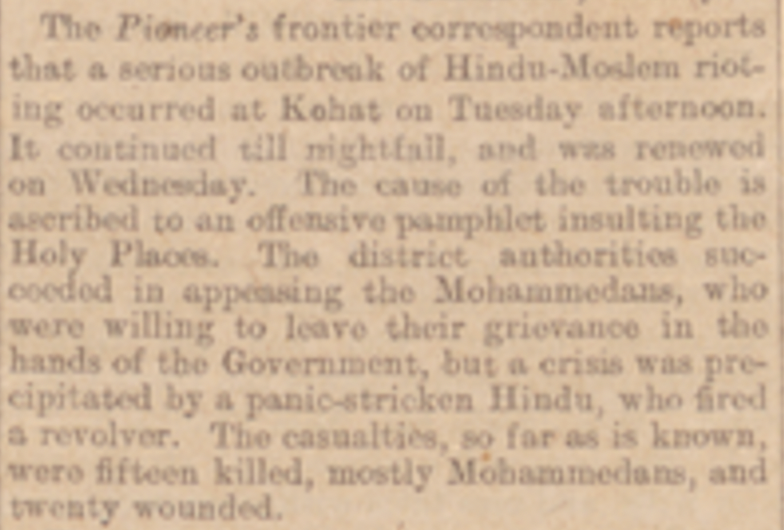Progression of Conflict
Various disputes and conflicts between Hindus and Muslims from long ago directly evolved into violence in the years leading up to the partition.
Cow Protection Laws were enacted in the late 1800s-early 1900s, which were supported by Hindus and opposed by Muslims. This was the cause of various communal riots around the time period. Even centuries before, the question of whether cows should be eaten or not has been disagreed upon by Hindus and Muslims. However, until this point, the disagreement did not lead to extreme measures like trying to create legislation and violence. This exacerbation was likely caused by the general Hindu-Muslim conflicts during the time period. This shows how a previously tame conflict led to a violent and highly complex one around the time before the partition.

Consequences of Britain allowing cow slaughter
{History of cow protection in India, 2019}

Rift in thinking between Hindus and Muslims regarding cow protection
{The Sheltering of Unwanted Cattle, Experiences in India and Implications for Cattle Industries Elsewhere, 2018}
In 1924, the so-called Kohat Riots broke out between the Hindu minority and Muslim majority living there after a Muslim crowd attacked Hindus. Before that, the town of Kohat had internal tensions without doubt, but it was still peaceful. This violence was certainly caused by the rising tensions between Muslims and Hindus that were occurring all over India (note a common theme here: tensions lead to increasing tensions elsewhere, which leads to more tension, etc.). The fact that violence broke out all over Kohat just because of one instance of violence between two groups of people shows how fragile the relationship between Hindus and Muslims was due to the tensions despite it being perfectly peaceful before.

Description of outbreak of riot in Kohat
{Daily Telegraph newspaper, 1924}